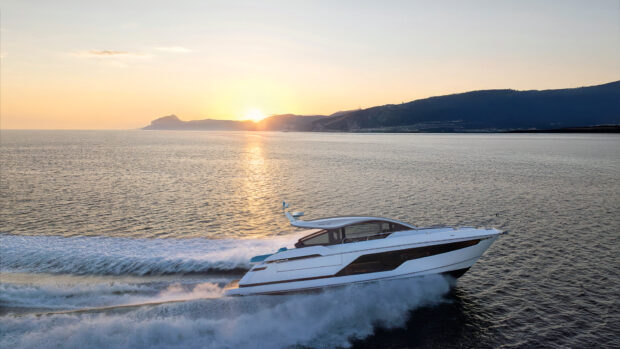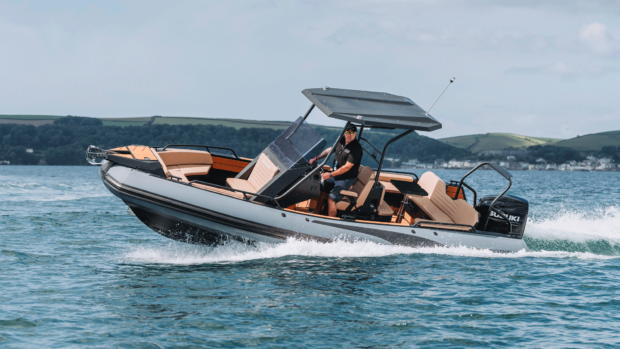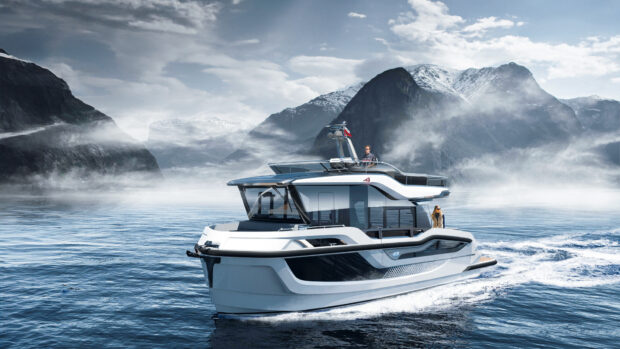The MAIB report reveals that ballasting was overstated and the weight of the cargo was underestimated before Höegh Osaka left port
Assessing the damage
The vessel came to a halt at 2115, at which point the pilot called VTS on his mobile phone (since he couldn’t reach a VHF radio) and reported a 40-degree list.
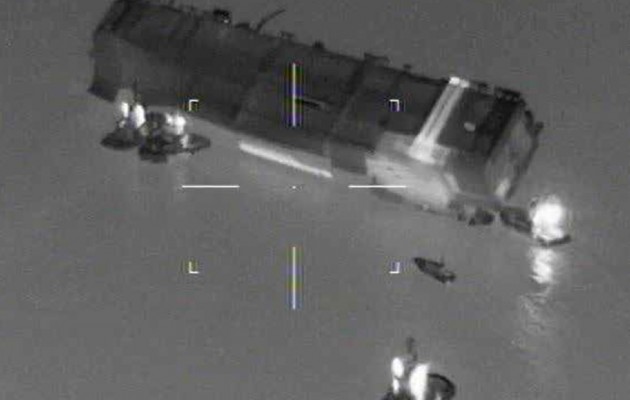 Four minutes later the Calshot lifeboat was called to the scene, joined soon after by RNLI Yarmouth, RNLI Cowes and the Lee-on-Solent Coastguard helicopter.
Four minutes later the Calshot lifeboat was called to the scene, joined soon after by RNLI Yarmouth, RNLI Cowes and the Lee-on-Solent Coastguard helicopter.
Three Svitzer tugs also helped to push the Höegh Osaka onto the bank and hold it in place.
It took three hours for all of the crewmembers to be winched off the stricken vessel, although the pilot, master and chief officer stayed on board to assist with salvage efforts for a further two hours, eventually abandoning ship at 0209.
Thankfully the human casualties were limited to one serious injury, but the cargo fared far worse, with 356 cars and items of construction equipment being damaged to some extent and 80 units being written off as a total loss.
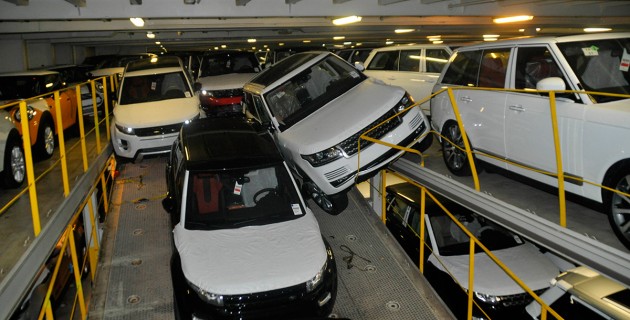 Cars on board included models from Land Rover, Jaguar, Mini, Honda, Peugeot and Rolls Royce. Heavy plant included a Caterpillar bulldozer and a JCB stone crusher, which punched a hole in Deck 6, flooding the hull with 2,700-tonnes of water.
Cars on board included models from Land Rover, Jaguar, Mini, Honda, Peugeot and Rolls Royce. Heavy plant included a Caterpillar bulldozer and a JCB stone crusher, which punched a hole in Deck 6, flooding the hull with 2,700-tonnes of water.
The report concluded that the cargo may not have been lashed down in accordance with the ship manufacturer’s instructions, but added that the shifting of the cargo was a consequence of the list, rather than a contributing factor.
Aftermath
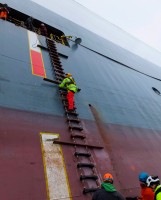 By the following morning, the list had increased to 52 degrees, but thanks to the salvage team’s efforts, the Höegh Osaka refloated on January 7 and was towed back into Southampton on January 22.
By the following morning, the list had increased to 52 degrees, but thanks to the salvage team’s efforts, the Höegh Osaka refloated on January 7 and was towed back into Southampton on January 22.
After the damaged cargo was unloaded, the vessel was driven to Falmouth on February 10 to undergo repairs.
Wallem has since repaired the defective ballast gauges and put the vessel back into service, while Höegh Autoliners has issued guidance on the effect that bow trim has on handling.
Furthermore, ABP Southampton has asked all pilots to confirm vessel stability with masters before setting off.
The report also notes that it is not uncommon for car carrier operators to make an initial assessment of their vessel’s stability once they have left port.
Ingar Skiaker, CEO of Höegh Autoliners, added: “Höegh Osaka’s unfortunate incident was caused by a series of circumstances that independently would not have been critical, but ultimately caused the vessel to develop a severe list and ground on the Bramble Bank.”
MAIB reports are intended to provide recommendations to help avoid similar accidents occurring in future, and no blame or liability is to be presumed.




